No recession, no rally—just resilience
The numbers aren’t screaming crisis. Nor are they hinting at a boom. Instead, they paint a picture of an economy walking a tightrope. April’s ISM non-manufacturing index came in at 51.6, above the expected 50.2, and slightly better than March’s 50.8. Not exactly fireworks, but enough to show services are holding up. The new orders component rose to 52.3 from 50.4—again, no panic from businesses.
But inflation is proving sticky. Prices paid in services climbed to 65.1, their highest since early 2023, and well above March’s 60.9. That’s not what the Fed wants to see, particularly not with wage growth hovering around 3.6%. If this holds, inflation might settle in the 2.5–3.0% range—not disastrous, but certainly above target.
Employment? Still soft. The services sector employment index ticked up to 49.0 from 46.2, remaining in contraction territory. Yet the broader labour market isn’t cracking. Non-farm payrolls (NFP) continue to show job growth, especially in services, even as job creation diverges from other indicators like ADP and household surveys. Some of that divergence stems from methodology: some datasets count jobs, others count people—one person with two jobs can distort the view.
Still, the picture is not of an economy that’s collapsing. It’s one where employers, particularly in services, are neither hiring with gusto nor cutting in panic. Business activity—arguably the cleanest read on demand—came in at 53.7, down from 55.9, but still comfortably expansionary.
The Fed’s balancing act
The Federal Reserve meets Wednesday, with markets pricing in a cautious stance. Powell is expected to highlight a resilient economy, even as risks loom large. The key message: the Fed isn’t rushing to cut rates, but it’s watching closely. A dovish surprise could pull yields lower, though that’s seen as unlikely. Rate expectations are now dancing around political realities, with Trump’s team quietly hoping for lower yields as refinancing needs mount and debt costs head toward $1.5 trillion this year—the highest ever.
Still, the Fed’s dilemma remains the same. If demand holds, job creation will persist. And with that, wages will keep climbing, putting upward pressure on inflation. But if demand suddenly falters—say, from an escalation in trade tensions or a sharp drop in consumer spending—the Fed would need to pivot, fast. This makes real-time indicators like business activity and services demand essential. Forget manufacturing; the U.S. labour market is now a services story.
And while job data grabs headlines, it lags. Companies don’t fire people at the first whiff of trouble. They stop hiring. That’s why steady job creation isn’t necessarily a sign of strength—it just means firms haven’t yet felt a demand shock strong enough to trigger layoffs.
Markets drift, but fault lines widen
Markets reflected this ambiguity on Monday. The S&P 500 slipped 0.64%, breaking a nine-day winning streak, while the Nasdaq fell 0.74%. Gold surged 2.4% to $3,386.60, reflecting a dash for safety. Treasury yields rose slightly, with a steepening curve—typically not a recession signal. The VIX fell back toward pre-crisis levels, showing traders aren’t exactly bracing for impact.
Ford, however, broke ranks. The automaker suspended its full-year guidance, blaming tariffs and warning that the trade war could cut its 2025 EBIT by $1.5 billion. Its stock fell 2.8% in after-hours trading. Automakers across the board are bracing for higher input costs and lower margins. The average new car price now hovers around $50,000—tariffs won’t help. Trump’s push for 25% auto tariffs may boost domestic rhetoric, but risks raising prices and undercutting demand.
Meanwhile, Trump’s latest tariff threat—100% levies on foreign films—rattled media stocks. Netflix, Disney, Warner Bros Discovery and Paramount all declined. But beyond the noise, markets mostly shrugged. Investors have grown numb to Washington’s posturing. Sunday’s jab at Fed Chair Jerome Powell—Trump called him “a total stiff”—barely moved markets. Traders are focusing on fundamentals, not insults.
Waiting for the break
A month ago, the VIX touched 60. Panic was in the air. But now, the fear has ebbed, and the data has held up. Despite global instability, U.S. consumers keep booking restaurants and holidays. Services demand hasn’t collapsed. The trade war hasn’t triggered mass layoffs. Inflation isn’t spiralling. It’s a fragile balance, but it’s holding.
Still, the tipping point could come quickly. A drop in the ISM business activity index below 45 would be the clearest signal that hiring will stop and payrolls will stall. Until then, the Fed stays patient, markets stay edgy, and the economy keeps walking the wire.
